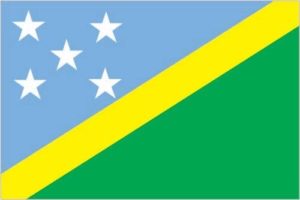 Solomon Islands celebrate Independence Day. These Pacific islands became free from Great Britain in 1978. The total area of the islands is a bit smaller than the area of Maryland. Natural resources include fish, bauxite, and forests. Almost 600,000 people live there, and Honiara is the capital.
Solomon Islands celebrate Independence Day. These Pacific islands became free from Great Britain in 1978. The total area of the islands is a bit smaller than the area of Maryland. Natural resources include fish, bauxite, and forests. Almost 600,000 people live there, and Honiara is the capital.
Walter Poenisch completed his swim from Cuba to Florida, a distance of 128.8 miles, in 1978. He had started several days earlier. The first man to successfully swim that distance, Poenisch was observing his 65th birthday!
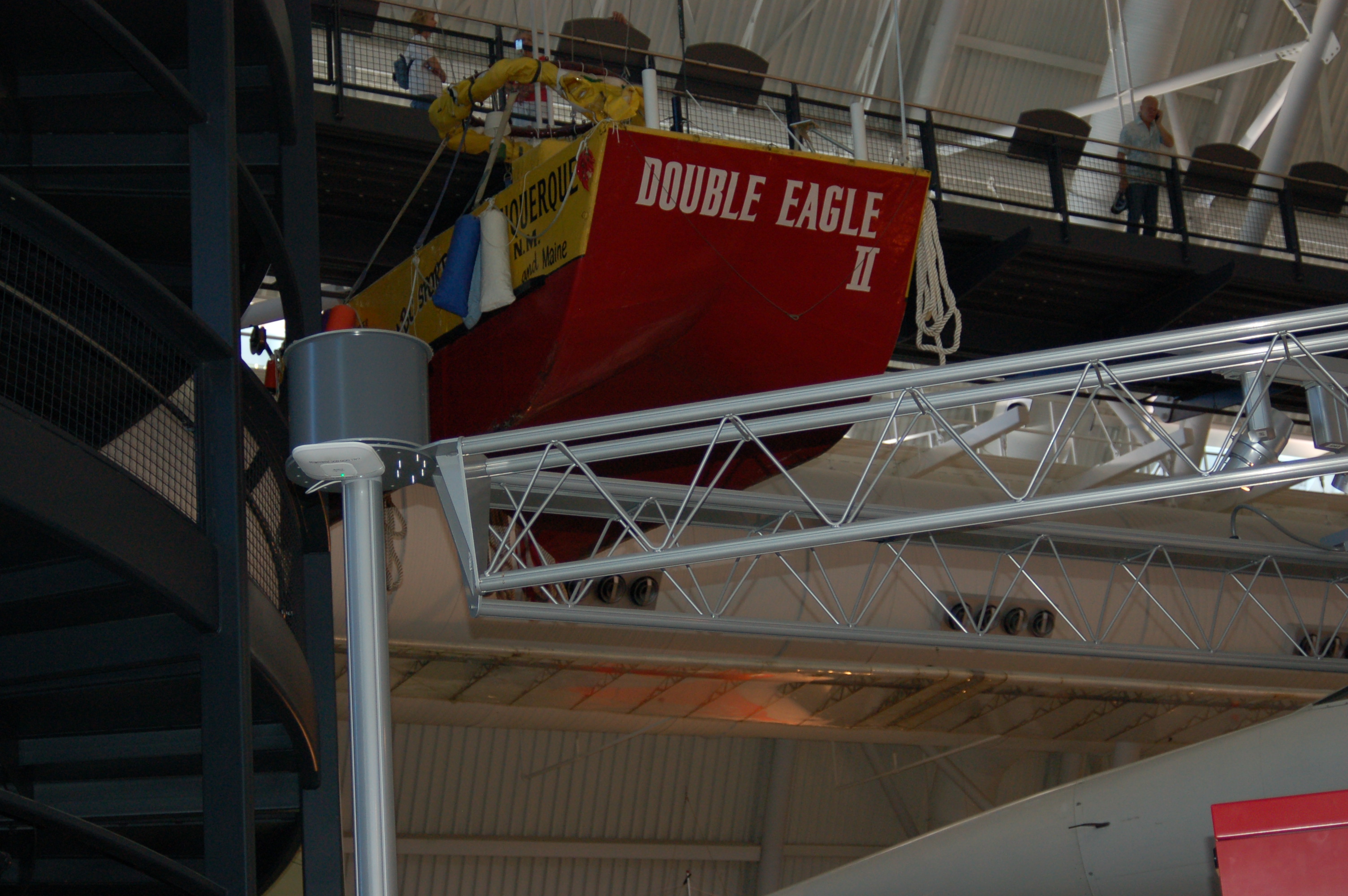
Double Eagle II
Double Eagle II landed in Miserey, France, in 1978. The balloon and its crew, Larry Newman, Ben Abruzzo, and Max Anderson, had left Presque Island, Maine, on August 11, 1978. The balloon was the first one of its kind to travel across the Atlantic Ocean, and the three balloonists instantly became heroes. Idea: Children could list the difficulties the crew faced. For example, where did they sleep? Older children can learn more at: Double Eagle II.
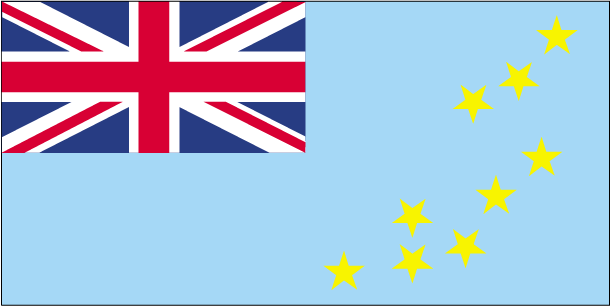 Tuvalu celebrates Independence Day. In 1978 it became an independent country, but it is still part of the British Commonwealth. The fourth smallest country in the world, Tuvalu has an area about the size of 0.1 the area of Washington, DC. Located about halfway between Hawaii and New Zealand, the country’s three islands and six atolls support about 11,000 people. Funafuti is the capital.
Tuvalu celebrates Independence Day. In 1978 it became an independent country, but it is still part of the British Commonwealth. The fourth smallest country in the world, Tuvalu has an area about the size of 0.1 the area of Washington, DC. Located about halfway between Hawaii and New Zealand, the country’s three islands and six atolls support about 11,000 people. Funafuti is the capital.
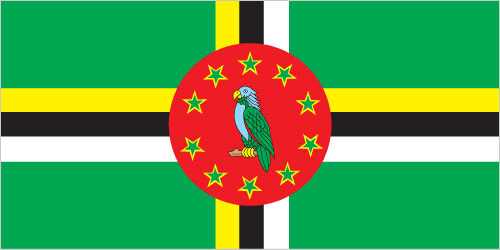
Flag of Dominica
Dominica celebrates Independence Day. Great Britain granted Dominica its independence in 1978. This small (about four times the size of Washington, DC) Caribbean island is located between Guadeloupe and Martinique. Around 70,000 people live among the rainforests and volcanic mountains. Known for its variety of amazing animals and plants (including bananas), the island is home to the world’s second-largest hot spring, Boiling Lake. Roseau is the capital.

Badlands
Badlands National Park became a national park in 1978. This South Dakota park encompasses 244,000 acres and is home to many animals, including bison, bighorn sheep and black-footed ferrets. The park website has amazing videos, photos, and activities for children: Badlands National Park.
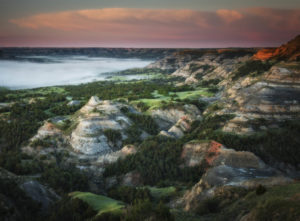
Theodore Roosevelt National Park
Theodore Roosevelt National Park was established in 1978. Composed of three portions (North, South, and Elkhorn Ranch), the park encompasses 70,446 acres in western North Dakota. Theodore Roosevelt first visited the area in 1883 to hunt bison. Mourning the deaths of his first wife and his mother, he returned in 1884 and built Elkhorn Ranch. The area is mixed prairie grasslands, and bison, elk, and bighorn sheep are among the many animals to be found there. It is the only national park to be named solely for one person. Children could learn more at: Theodore Roosevelt National Park.
Garfield the Cat first appeared in 1978. Jim Davis created the comic strip character. It is the longest-running comic strip and is featured in over 2,500 newspapers.